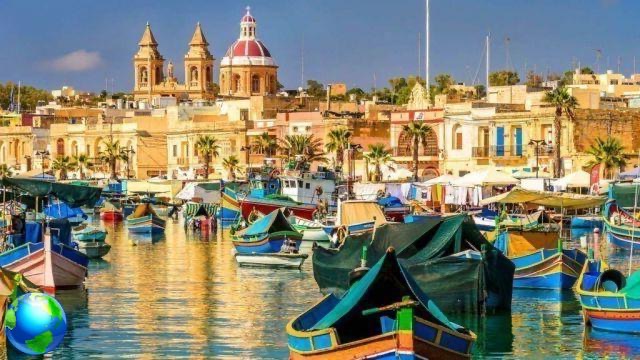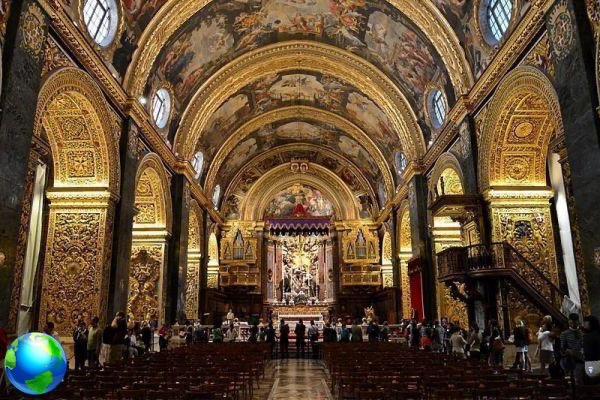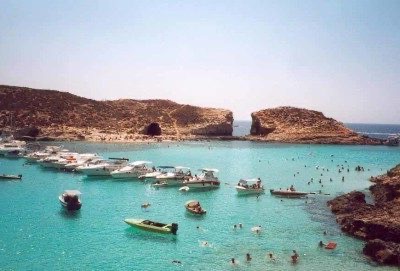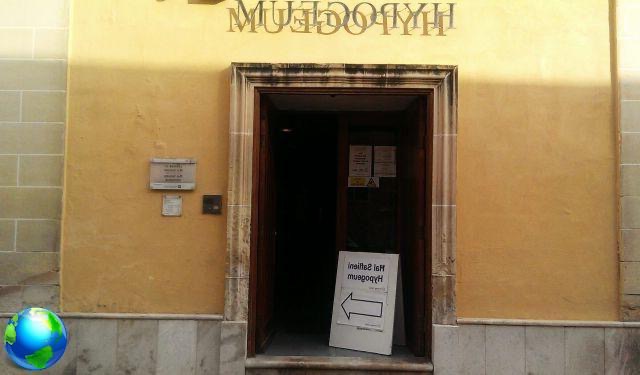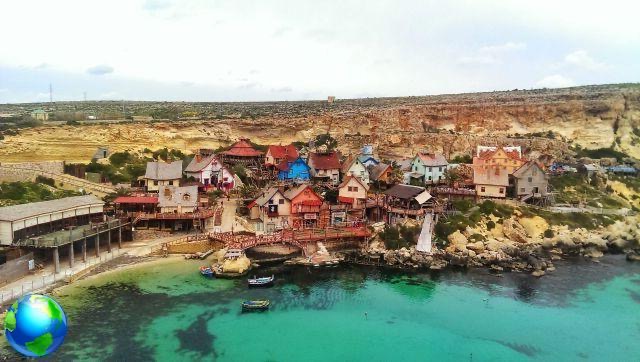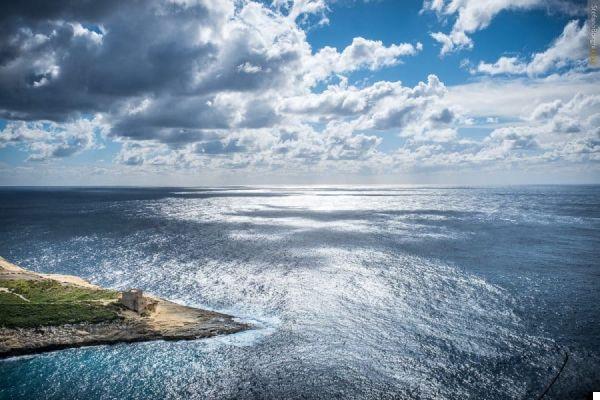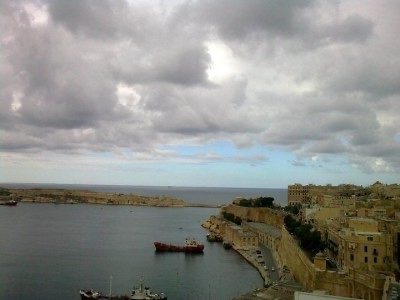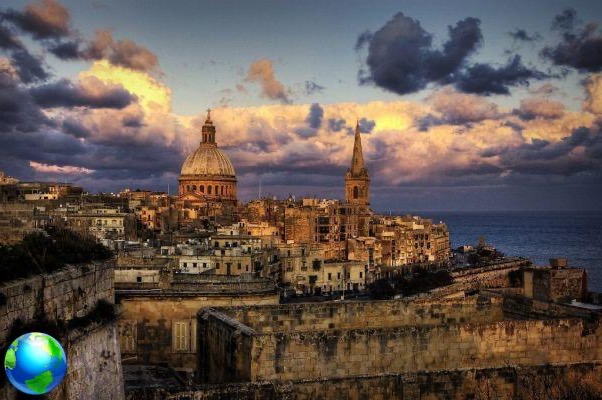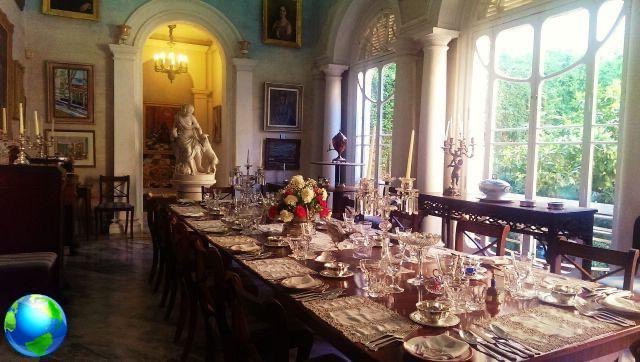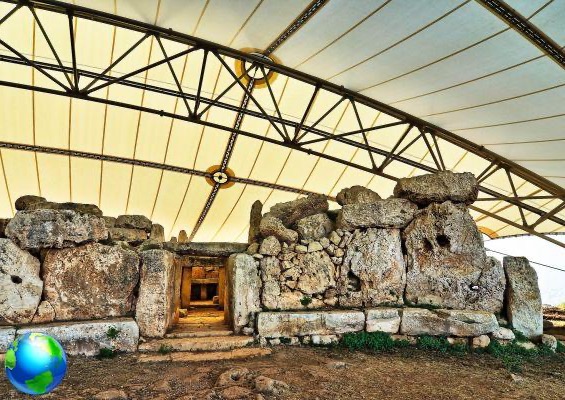
Le temples of Mnajdra e Hagar Qim di Malta have been and still are a real mystery, both as regards the origin of their construction and as regards the reason. For a long time it was thought that temples had been built by giants, such were their size and their grandeur that the inhabitants of the Island of Malta could not think otherwise.
How to reach us
It is not easy to get to see the temples of Mnajdra and Hagar Qim, which are located side by side, about 500 meters away. In fact, to do it independently it is only possible taking two buses. One is what brings you to town of Triq it-Storm and from here you will have to walk at least 20 minutes through a beautiful green hill. There is nothing around, but if you have some time to spend it is worth taking a relaxing walk. The second bus instead takes you directly in front of the ticket office of the temples, take the bus that goes to Hagar.
Hours and prices
Once you arrive, be aware that with 10 € you can see both temples and you can stay as long as you want. Young people pay € 7.50, while children € 5.50 and infants up to 5 years of age enter for free. L'audio guide is essential, don't forget it. The cost is only € 1, but without it you will feel like you are seeing a pile of stones, while the guide will allow you to understand more of these beautiful temples.
Admission is allowed in the winter period, which runs from October 1st to March 31st, from 9 to 17, from Monday to Sunday with last admission at 16.30. L'summer time which runs from April 1st to September 30th is from 8 am to 19.15 pm, with last admission at 18.45 pm. Finally, there are also entrances to see the sunset and evening entrances to the temples. If you can enjoy such a show, well, I envy you and not a little!
The structure of the temples
A dating between the middle of the XNUMXth and the middle of the XNUMXrd millennium was proposed for the Mnajdra complex. In Malta, these two sites are perhaps less known to the general public than the Temples of Ġgantija on the island of Gozo and Tarxien in Malta, perhaps because they are more distant from the capital of the island and from tourist sites such as beaches and the coast. This certainly doesn't mean they are less important.
The structure of the temples has one clover plant, consisting of a central fund against which two other opposing rooms are attached along the main axis of the building, accessible by a small corridor that communicates with the outside.
The construction technique of these structures is given by megaliths of varying sizes, often carefully cut and put in place with extreme technical expertise. The property has a horseshoe shape and the largest megalith found here is the one that weighs 20 tons, 3 meters high and six meters wide. Ball stones have been found around the temples. A stone of this size and weight was more easily transportable in fact if it had a sphere underneath that could make it "roll". This, although highly accredited, is however only one of the hypotheses of how these temples were built.
Recovery interventions
The two megalithic complexes of Haġar Qim and Mnajdra began to attract the attention of the scholars towards the mid XNUMXth century and in the early twentieth century the first excavations followed. The recovery interventions ended only in 2009 with the preparation of two huge tensile structures to protect the temples.
This intervention, although invasive, is justified by the deterioration that the buildings were facing in recent years, due to the effect of the rains and the deterioration of the stones due to atmospheric agents, this being an area subject to strong winds.
Why do these temples exist?
It is difficult to say why these temples are present. If any of you have ever seen the Temples of Stonehenge, well know that the temples of Malta date back to 3600 BC, so that's 1200 years old. more ancient than those of Stonehenge.
Someone has hypothesized that ceremonies and rites were held in these temples. Indeed, the presence of stones in the shape of an altar and placed in a horizontal position, could suggest this purpose. The temples of Mnajdra and Hagar Qim are erected in a particular position. Close to the sea, they look at the neighbor Filfla Island, are also the highest located structures in the area. So exposed, but repaired thanks to the stones.
Finally, as with Stonehenge, the peculiarity of these sites is that they are crossed by the sun's rays during the days of solstice and equinox. Before venturing into the discovery of the temples, inside the museum you will be able to see with them, through a model, how the sun's rays move inside throughout the year.
The temple of Mnajdra is perfectly aligned with the sun's rays during the days of the equinox, March 20-21 and September 22-23, and during the days of the solstice, June 21 and December 21-22.




